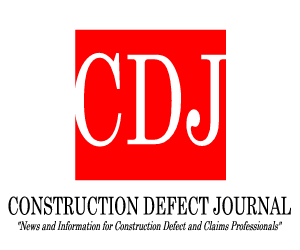
The case illustrates issues that arise in the “new” sustainable building world.
As readers of Construction Law Musings can attest, I am an enthusiastic (if at times skeptical) supporter of sustainable (or “green”) building. I am solidly behind the environmental and other benefits of this type of construction. However, I have likened myself to that loveable donkey Eeyore on more than one occasion when discussing the headlong charge to a sustainable future. While I see the great benefits of a privately built and privately driven marketplace for sustainable (I prefer this term to “green” because I find it less ambiguous) building stock and retrofits of existing construction, I have felt for a while that the glory of the goal has blinded us somewhat to the risks and the need to consider these risks as we move forward.
Another example reared it’s ugly head recently and was pointed out by my pal Doug Reiser (@douglasreiser) at his Builders Counsel Blog (a great read by the way). Doug describes a project that I mentioned previously here at Musings and that is well described in his blog and in a recent newsletter from Stuart Kaplow (@stuartkaplow), namely, the Chesapeake Bay Foundation’s Philip Merrill Environmental Center project. I commend Doug’s post for a great description of the issues, but suffice it to say that the Chesapeake Bay Foundation sued Weyerhauser over some issues with a sustainable wood product that failed. While the case was dismissed on statute of limitations grounds, the case illustrates issues that arise in the “new” sustainable building world.
Mr. Hill may be contacted at chrisghill@constructionlawva.com




